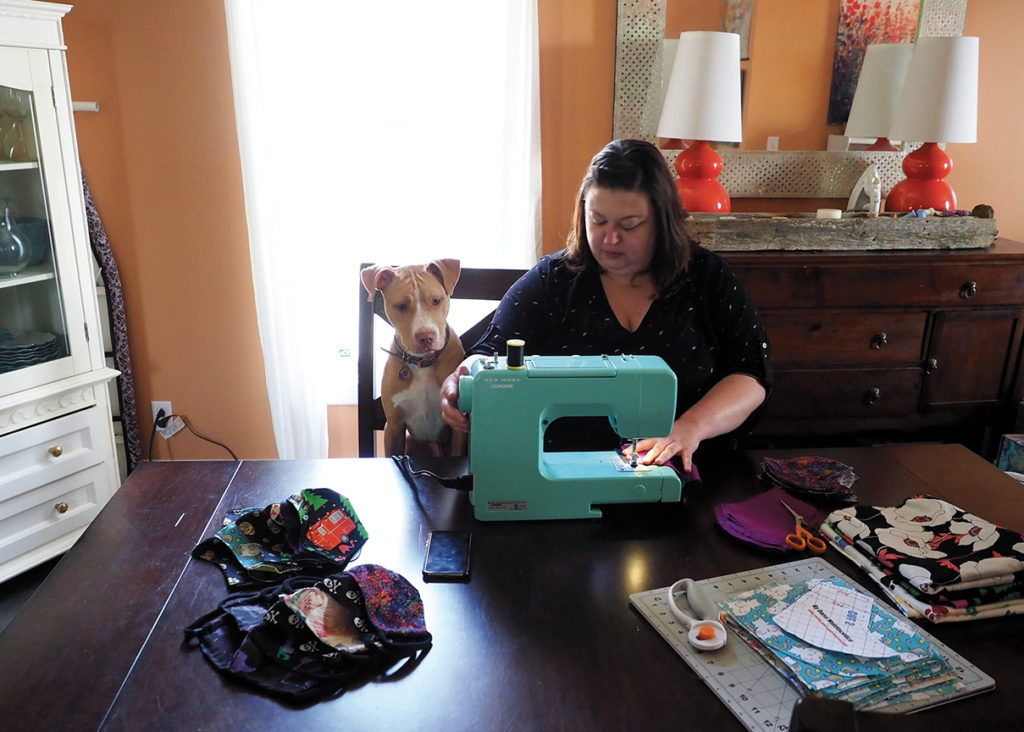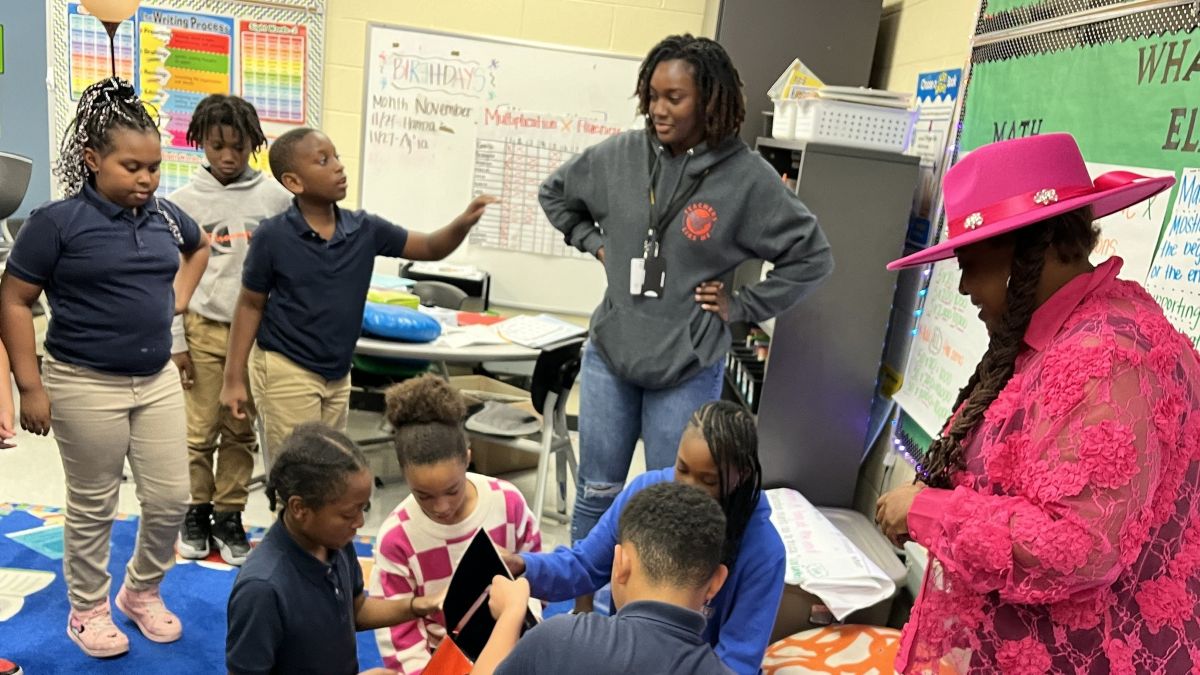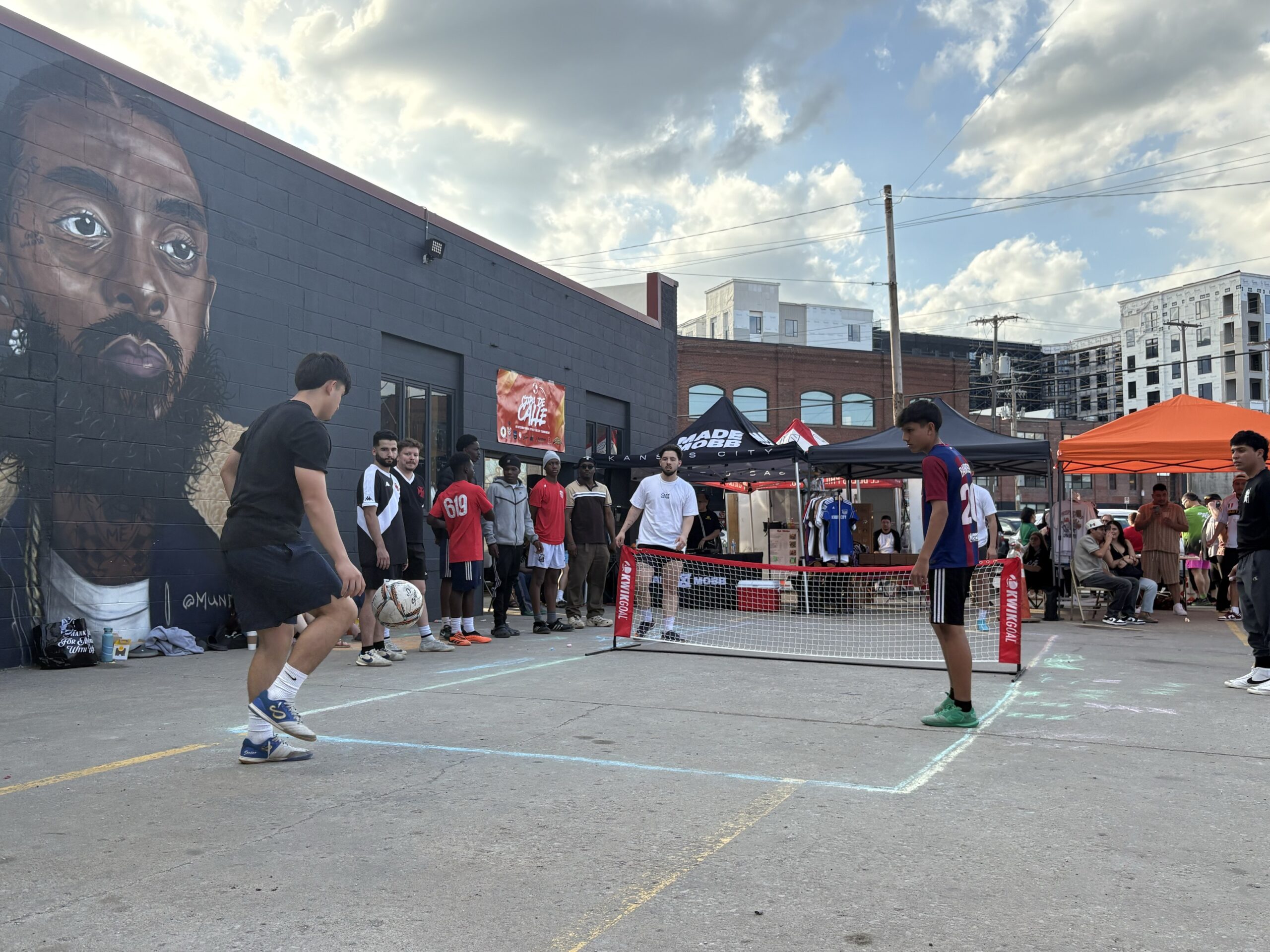
Bryan Stalder
Contributor
Erika and Randy Withers moved to Pendleton Heights in November 2010
Erika works at Shook, Hardy & Bacon as an Intellectual Property Litigation Client Service Specialist and Randy has a background in marketing and communications for the nonprofit world, but he was laid off from his full-time job at the end of February. He has been working with The ShareWaves Foundation part time since then.
Who came up with the idea to make face masks?
I suggested it after being inspired by my friend (and former neighbor) Angie Rosette. She had been making masks and we bought a couple from her mid-March. Less than a week later, the news broke that hospitals were running out of masks and were beginning to utilize home-made masks, and it was suggested that people also cover their faces when leaving home.
Had either of you ever sewn anything before?
We were both required to take home economics courses in middle school (25+ years ago). We both recall making items like a drawstring bag, pillow case, and pair of shorts. That was the last time either of us touched a sewing machine.
You learned to sew by watching YouTube?
Absolutely. We took the machine out of the box, immediately watched the Machine Walkthrough video, then Winding the Bobbin, and Making Your First Stitches. There are so many people who’ve made tutorials on these masks that it did take us a bit to find someone who was making the exact mask we are, and now we’ve watched that tutorial at least a dozen times.
Did you have any other instruction?
We’ve received tips from Angie Rosette. I had sent her a picture of Randy cutting fabric with sheers to show her that she inspired us to make masks, and her response was “cool, but I’d recommend getting a rotary cutter and mat” followed by a warning not to cut off a finger. I had to look up what those things were and watch another YouTube video. Within 5 minutes of Randy opening the rotary cutter package, he was hurriedly searching the house for Band Aids.

Why did you purchase a sewing machine instead of borrowing one?
I had posted on a neighborhood group page that I was thinking about sewing masks and asked for machine recommendations. I received several responses, but Diana Dillon actually offered to let me borrow hers. That’s such a Pendleton Heights thing to do. I can’t imagine an offer like that from any neighbors I’ve ever had before. Given that I hadn’t sewed in so long, I really really didn’t want to take any chances. Especially if her machine was worth more than I could afford to replace.
How many masks did you make initially and where did you send them/donate them?
We made 27 masks at first, before we realized that many healthcare facilities were requiring that filter pockets be added. My first masks didn’t have that. I mailed those masks to family members that are essential workers (in a nursing home, doctors office, post office, and other hospitals).
I now have approximately 100 masks that just need to be sewn closed and have the elastic added. Randy found a Facebook group called Sew Masks for KC. They post weekly updates with mask needs. Once we’re done with this batch, we’ll look on the group page and determine who needs these.

Anything else we should know?
We tend to react emotionally and impulsively. Although we purchased a $100 sewing machine, by the time we purchased the fabric, elastic, ribbon, thread, and other essentials, we’ve made quite a financial investment. To sustain donations, we’ll likely have to sell some masks in order to purchase more fabric.
This has been a neighborhood project, whether the neighborhood knows it or not. Numerous neighbors are making masks for sale/donation, and they continue to inspire us. Jessica Ray shared a mask pattern that her company, GoEx Apparel created, which we’ve been using. It’s also so very comforting to know I can reach out on Facebook and ask a question and there are so many people who are willing to share their knowledge or materials.
Being flexible is imperative. The guidelines for masks are always evolving due to supply/demand. It’s near impossible for stores to keep elastic in stock, so we’ve also used ribbon and hair ties for ours, depending on what’s available at the time.
Every day we’re learning something new. We’ve tried to help friends find things in stock in KC that aren’t in stock where they live—and one day I was on the lookout for black thread. I found some, and sent a picture asking if it was the right kind. I was told that it wasn’t good thread. I had no idea what that meant. I was using that thread. Here we are a week later and I’m having some trouble, and thinking maybe there’s something to that “bad thread” comment. So, we’re just going with the flow and making adjustments as needed.
Anyone can learn to sew. If you’re thinking about it, do it! I mean, I have a very basic machine that is probably made for children. But it’s perfect for me. I feel good about what we’re doing and how we’re spending our free time.
Another thing I’ve realized is that if you cannot purchase a machine, but have fabric, maybe consider cutting swatches for someone else to sew the masks, or vice versa. The Sew Masks for KC FB group is a great resource for you to offer what you can do and network to accomplish something to help the city.
Randy and I don’t have children. We’ve seen women on the Sew Masks for KC page that have children, spouses, and jobs, and are turning out 400+ masks. It’s incredible, but we have to remember we’re beginners and we cannot compare ourselves to them.
The law firm I work at allows each employee to have a Volunteer Day Off to allow us to support and serve the community. I was just approved to take a volunteer day to focus on making masks. This is very outside the box thinking, and I’m beyond ecstatic that they can see a need in the community and allow me to give back a way that’s non-traditional and acknowledges the current situation.



















